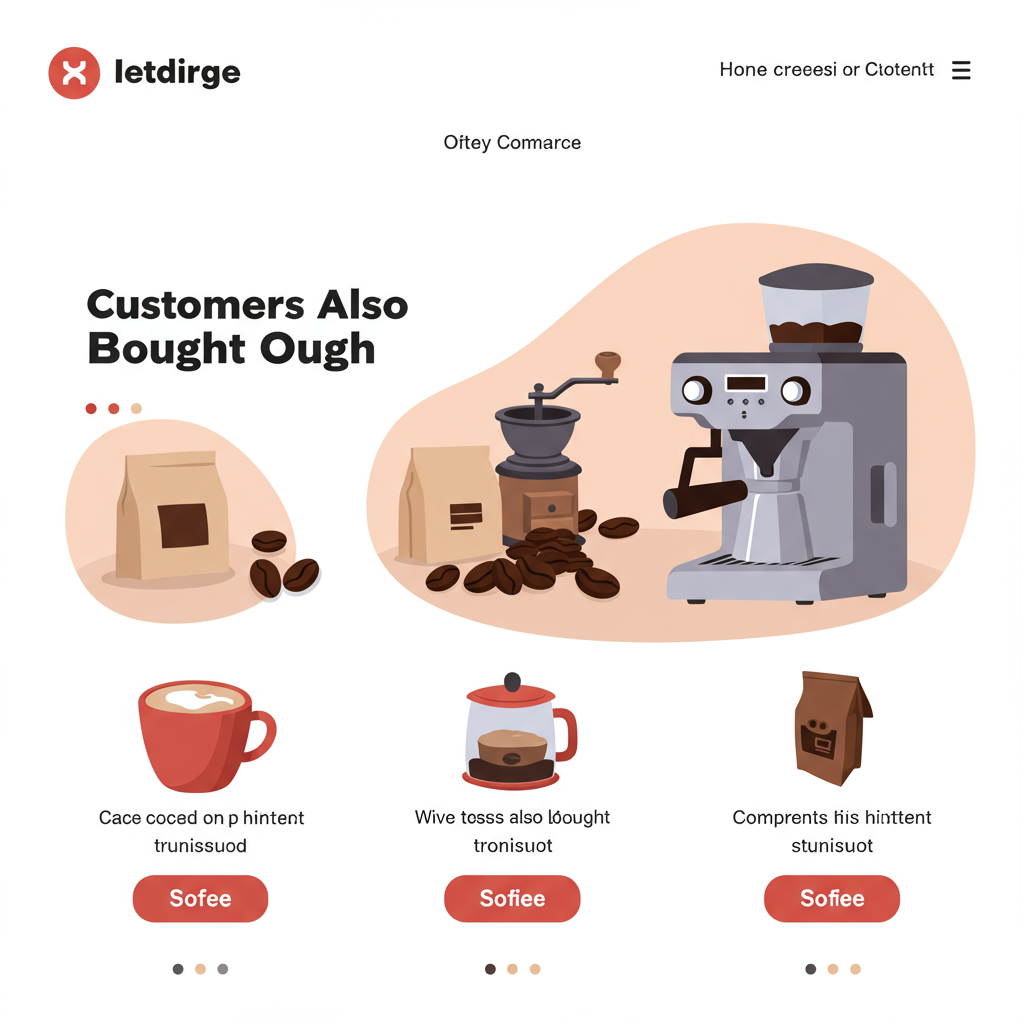Unlock the full potential of your Shopify store by strategically recommending complementary products and enhancing every customer’s shopping journey.
Hello fellow Shopify merchants! I’m here today to talk about a powerful strategy that has personally transformed how I approach sales in my own e-commerce ventures: cross-selling.
It’s not just a buzzword; it’s a fundamental principle of growing your average order value (AOV) and enhancing the customer experience.
For those new to the concept, cross-selling is simply the practice of recommending complementary products to a customer based on an item they’re already interested in or have purchased.
Think about it: when you buy a new phone, the store often suggests a case, screen protector, or headphones. That’s cross-selling in action.
My journey with Shopify has shown me time and again that while acquiring new customers is vital, maximizing the value of existing ones is often more cost-effective and sustainable.
This is precisely where cross-selling shines. It allows you to increase revenue from customers who are already engaged with your brand.
One of the most immediate benefits I’ve observed is a significant boost in Average Order Value. Customers end up buying more items in a single transaction.
Beyond just AOV, cross-selling also plays a crucial role in improving customer lifetime value (CLTV). When customers find more value in your offerings, they’re more likely to return.
It also helps in moving inventory, especially for products that might not be best-sellers on their own but perfectly complement popular items.
From a customer’s perspective, well-executed cross-selling can genuinely enhance their shopping experience by introducing them to products they might not have known they needed.
So, how do we effectively implement this on our Shopify stores? Let’s dive into some actionable strategies I’ve found successful.
The most common place to start is on your product pages. Shopify’s themes often have built-in sections for ‘Related Products’ or ‘Customers Also Bought.’
I always make sure these recommendations are highly relevant. If someone is looking at a coffee maker, suggesting coffee beans or mugs makes perfect sense.
Another powerful spot is the cart page. Before a customer proceeds to checkout, you have a final opportunity to suggest a small, complementary item.
This could be an add-on, an accessory, or even a small discount on a related product if they add it to their cart now.
Post-purchase emails are also goldmines for cross-selling. After a customer receives their order, you can send a follow-up email suggesting maintenance products or accessories for their new purchase.
For example, if they bought a camera, you could suggest a camera bag, extra batteries, or a tripod in a subsequent email.
Product bundling is another strategy I highly recommend. This involves offering several complementary products together as a single package, often at a slightly reduced price.
Bundles create a perception of greater value and can encourage customers to buy more than they initially intended. Think ‘starter kits’ or ‘complete sets.’
Personalization is key. Leveraging customer data – their past purchases, browsing history, or even demographic information – allows for highly targeted recommendations.
Shopify apps can greatly assist with this, using AI to analyze customer behavior and suggest the most relevant products automatically.
Don’t overlook the power of pop-ups or exit-intent offers. While sometimes seen as intrusive, a well-timed, relevant cross-sell offer can prevent cart abandonment.
Even your ‘Thank You’ page after a purchase can be an effective cross-sell opportunity. Customers are in a positive frame of mind, and a small, relevant offer can lead to another quick sale.
Implementing these strategies on Shopify can be done through various means. Many themes offer basic related product functionalities.
For more advanced features, like ‘frequently bought together’ or personalized recommendations, you’ll likely need to explore the Shopify App Store.
There are numerous apps designed specifically for cross-selling and upselling that integrate seamlessly with your store.
My advice is to start simple, perhaps with manual related product suggestions, and then gradually introduce more sophisticated automated solutions as you grow.
Remember, the goal is to add value, not just to push more products. Recommendations should genuinely enhance the customer’s primary purchase.
Avoid overwhelming your customers with too many options. A few well-chosen, relevant suggestions are far more effective than a long list of unrelated items.
Always test and optimize your cross-sell offers. A/B testing different product recommendations or placement can reveal what resonates best with your audience.
Analyze your data regularly. Which cross-sell suggestions lead to the most conversions? Which products are most frequently bought together?
Understanding these patterns will allow you to refine your strategy and make data-driven decisions.
What do you think about these strategies? Have you tried any of them, or do you have other insights to share? I’d love to hear your thoughts.
In conclusion, cross-selling is an indispensable tool for any Shopify merchant looking to boost their revenue and improve customer satisfaction.
By strategically recommending complementary products, you’re not just making more sales; you’re building stronger relationships with your customers and providing a more complete shopping experience.
So, go forth and start implementing these cross-sell tactics in your Shopify store today. Your bottom line, and your customers, will thank you!






